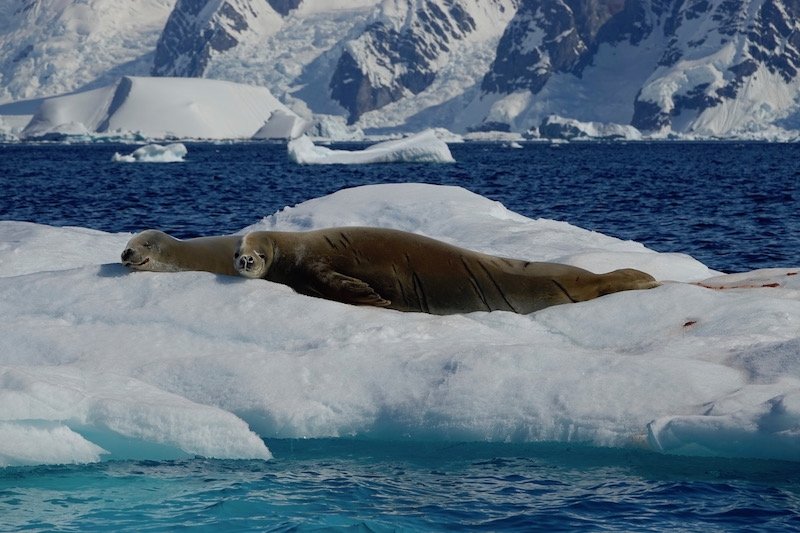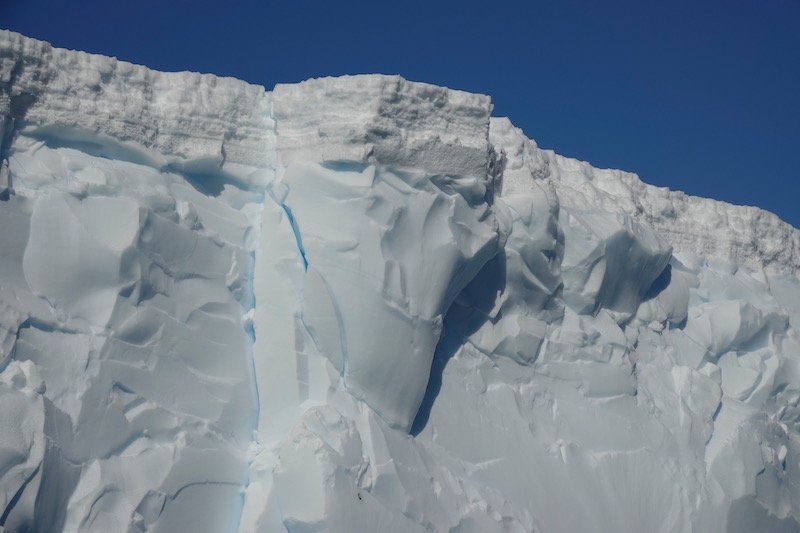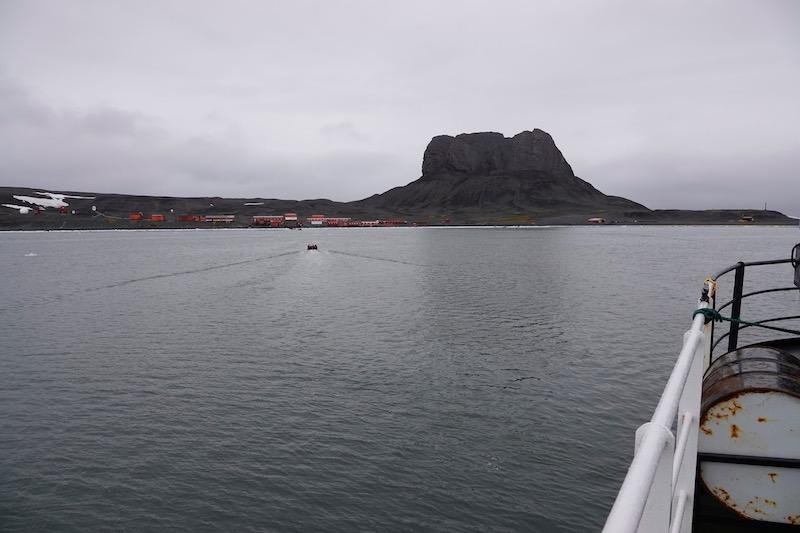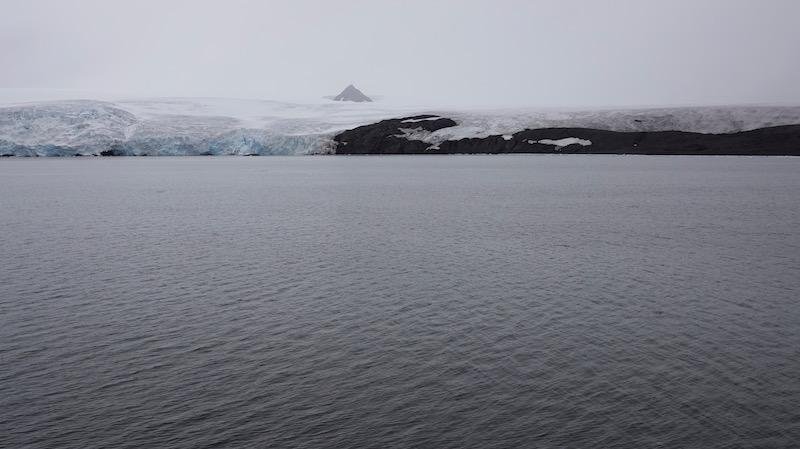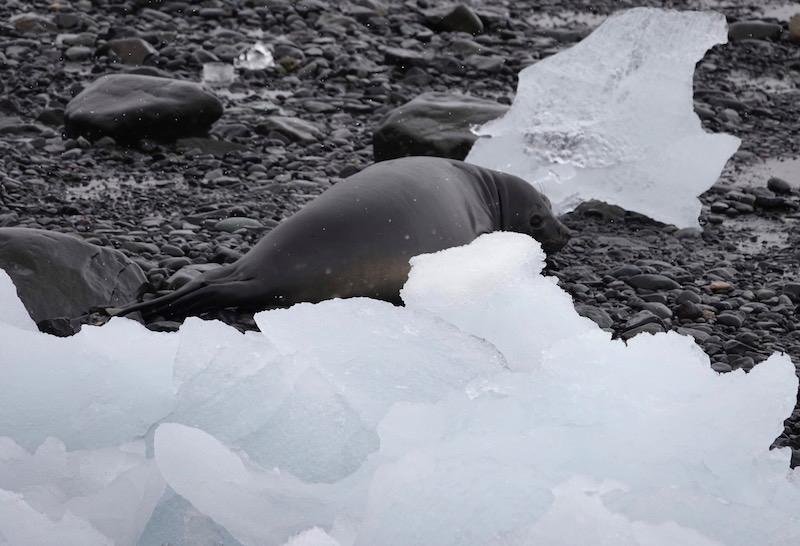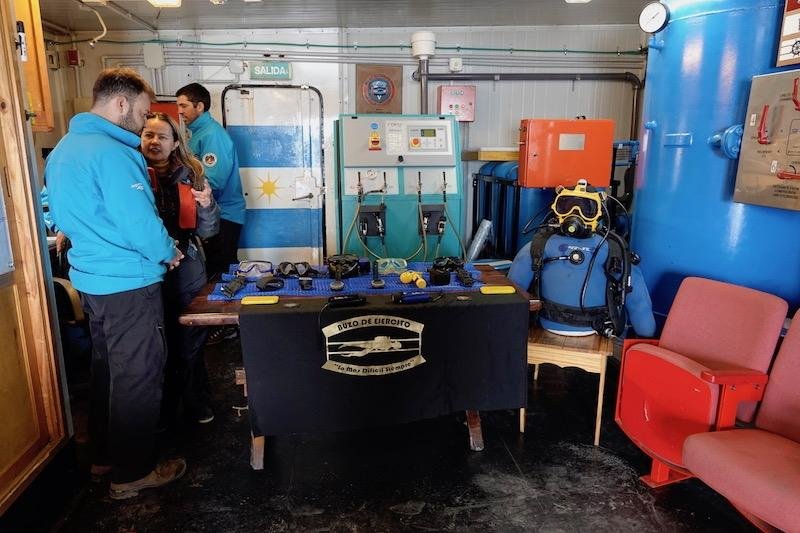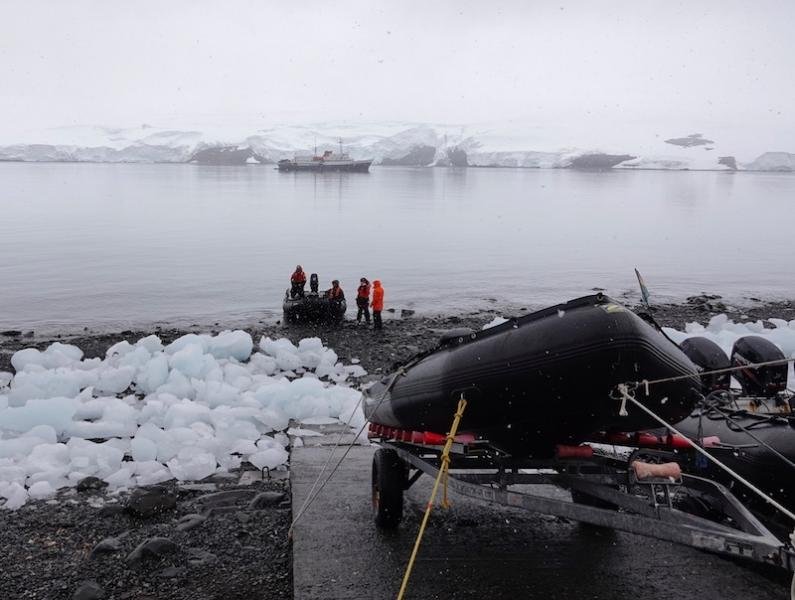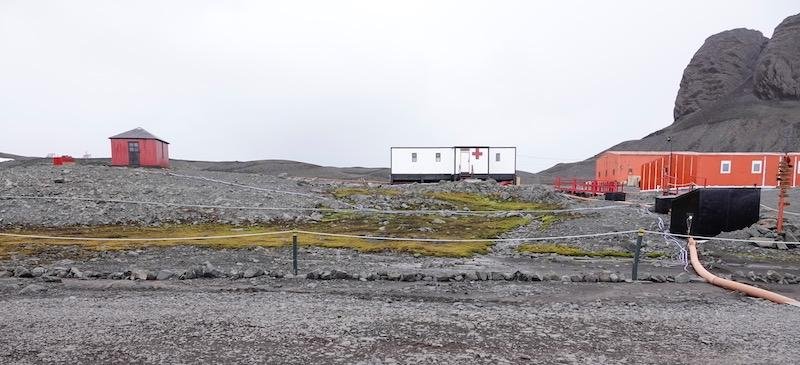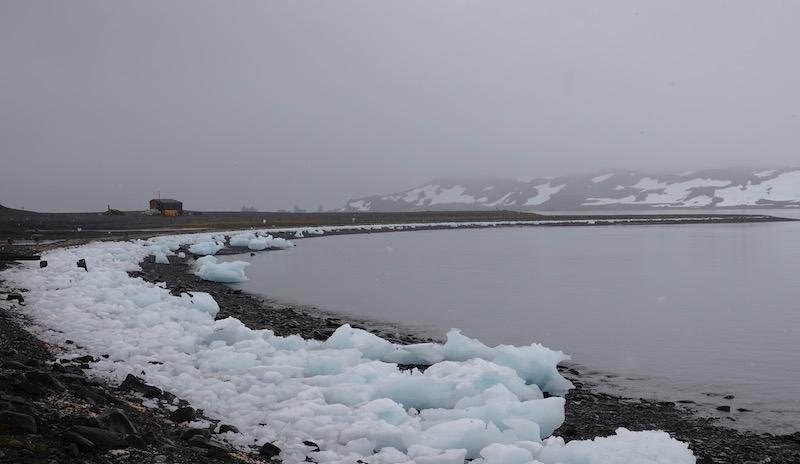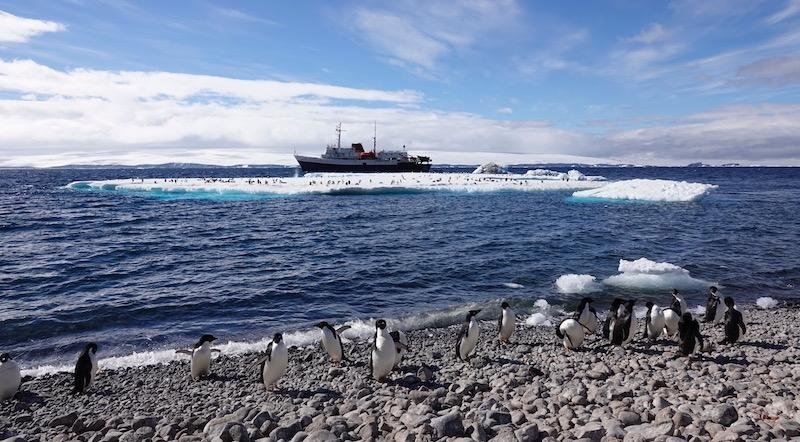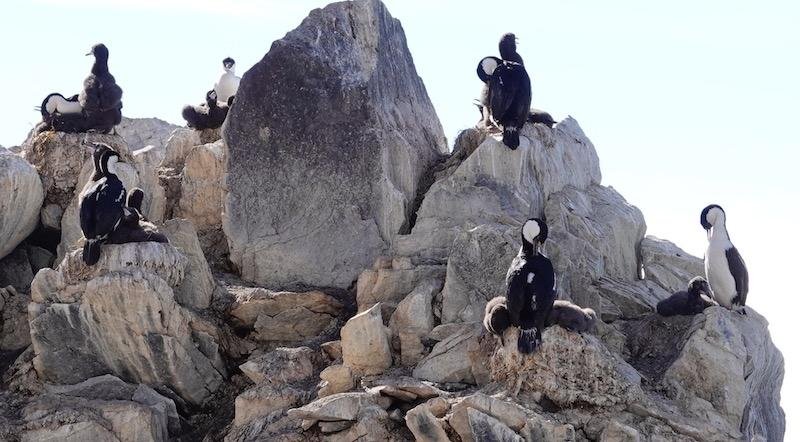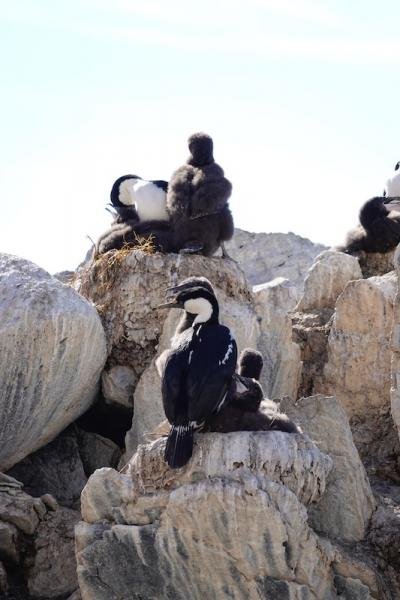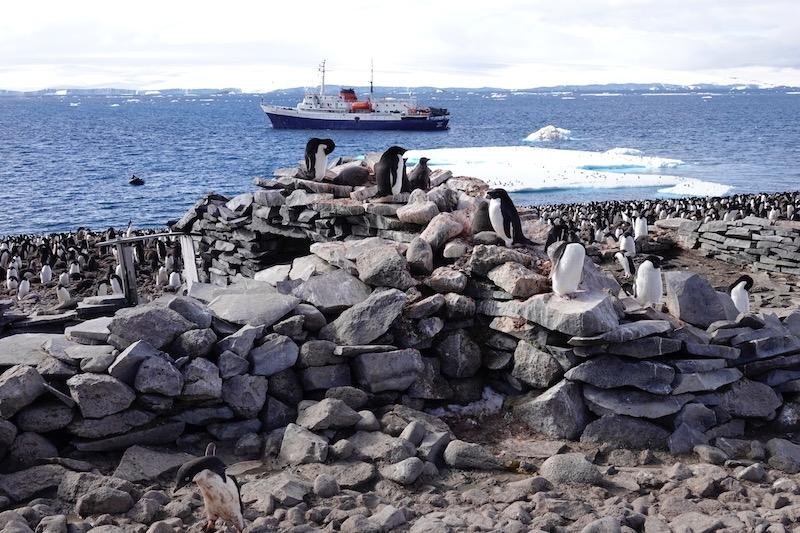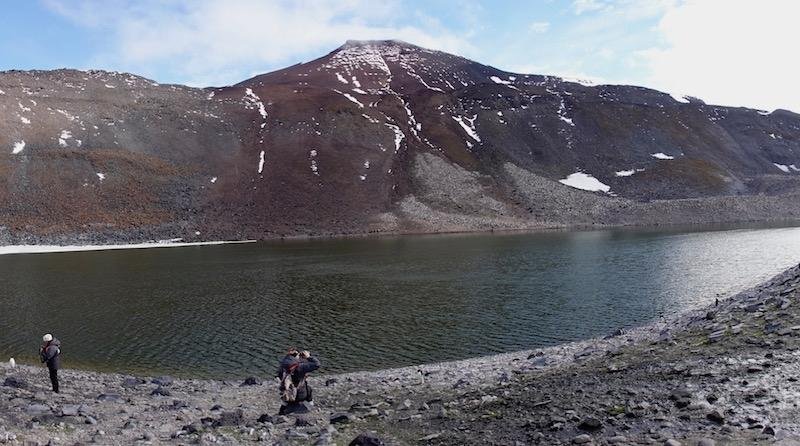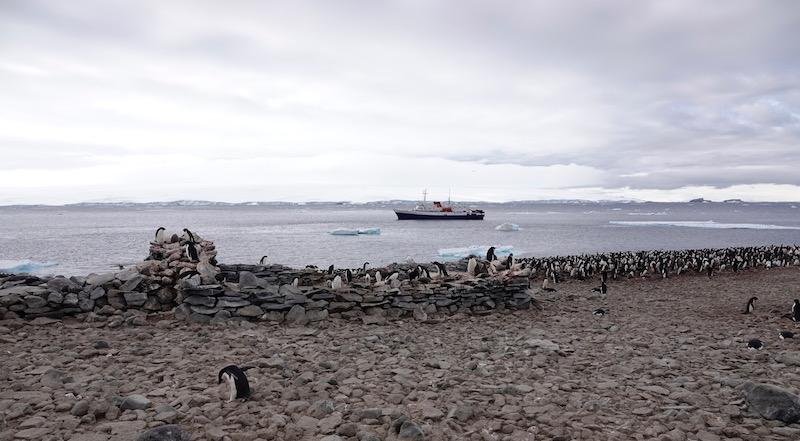Displaying items by tag: seals
Homeward Bound 8 - The A (for Antarctica) factor
Originally, we were supposed to go further south to Verdansky Station, Prospect Point and Petermann Island but once again the sea ice and the weather are against us and it turns out there will be no landings for several days. This can be hard for people to understand in today’s world where travel is seen as relatively straightforward and we can cross the globe in 24 hours by jet. We are used to getting to places on time and can get annoyed if we are delayed for a few hours or redirected.
In Antarctica travel is still very much determined by the elements. Sea ice is still a real danger to shipping, just as it was for early explorers and sealers and whalers. Most ships have ice strengthened hulls but they are still only able to break through relatively small depths of sea ice, and ice can still damage their hulls. Ships can still get stuck in ice, like Shackleton’s Endurance which got stuck, squeezed and eventually sank in 1915. Even today rescue operations are time consuming, expensive and can divert icebreakers from their primary tasks of resupplying stations or doing science. Plus no captain wants to get stuck and have to call mayday.
While we still can’t control the weather, the main advantage we have today is that modern communication and satellites mean that we know what the sea ice looks like before we get there. We also have much better ideas of the weather systems that are on the way. And the ship’s captain can communicate with other ships in the area to find out what conditions are like at sea level. This means that the captain and voyage leader are constantly planning ahead and revising and adapting our voyage plan to ensure we get the best experience and don’t get stuck. As an Antarctic scientist I am well aware of the work that goes in behind the scenes to get expeditioners to stations and back. Because our plans are changing we ask Monica to explain to everyone what has been happening behind the scenes and why we can’t go ashore for a few days. She also gives us a lecture on ice.
Instead of going to Verdansky, we moor up and have a zodiac cruise where we observe sleeping humpback whales, seals and penguins. There are some spectacular glaciers and we see an avalanche as a huge chunk of ice falls off the face of the cliffs. We can also see how fast some of these glaciers are retreating with climate change.
The next day the ship takes up to the edge of the ice (Flanders Bay) and we see the spectacular variations in sea ice forms including the thin films of grease ice and the wonderful fluffy disks which are called pancake ice. We also see some massive icebergs (kilometers long) that have calved off the retreating glaciers.
Just last week, a ship searching for the wreck of Endurancewas forced to abandon its search because of heavy sea ice. They also lost their autonomous underwater vehicle because of inclement weather and bad sea ice conditions.
Homeward Bound 3 visits Carlini Base
Saturday (5thJan) we are back on King George Island, at the Argentinian Carlini Base. Carlini is the only station in Potter Cove and is named after a scientist Alejandro Ricardo Carlini. The station sits beneath the impressive Tres Hermanos mountain and the nearby glaciers are retreating rapidly exposing new rocky areas.
The weather is overcast, cloudy with wet snow. Young elephant seals haul out amongst the chunks of glacial ice that are washed up along the beach.
We tour the Science labs, the Dive sheds and also are given refreshments in the station mess. There is a compression chamber in the Dive facility and a technician to operate it in case the divers run into problems.
The scientists on station came from many countries and tell us about the current science research programs that are running on and around the station including a lot of marine biology and hydrology. It is great to see another base in action and to hear first-hand from the scientists about their research. It is also wonderful that so many people on station are prepared to give up their Saturday to entertain visitors.
The projects include remediation projects aimed at understanding how plants and microbes can clean up contaminated soil around Antarctic stations. Many sites in Antarctica are contaminated with oil and other chemicals as a result of historic waste practices and some of my students have investigated how tolerant Antarctic mosses and alga are to oil and if Macquarie Island plants can help promote soil clean ups.
I was particularly excited to see so much moss and lichen around Carlini, as well as the two vascular plants that grow on the peninsula region of Antarctica, the grass Deschampsia antarctica and the pearlwort, Colobanthus quitensis. The lichens and mosses have even started to colonise the whale bones that remain from historic whaling in the region.
Homeward Bound 3 - Paulet Island
After Great Wall Station we get back on the ship and head off through the Antarctic Sound on the Eastern side of the peninsula. Lots of spectacular tabular icebergs and humpback whales breaching, showing off their tails, and flipper slapping make for a glorious evening’s sailing.
Paulet Island is our next landing spot (4thJan). This island is home to a massive Adelie penguin rookery (100,000 breeding pairs) as well as skuas, kelp gulls, Antarctic sheathbills and cormorants.
The Adelie’s have fluffy brown chicks and so the challenge was to walk along the beach keeping enough distance from the penguins and other nesting birds to reduce our impact. While the younger Adelie penguins were quite curious about us, the nesting birds are understandably wary of visitors especially with so many predatory skuas on the hunt for food. Paulet island also has the remains of a hut built last century by shipwrecked sailors from the Nordenskiöld ship the Antarctic. Today the hut walls are high-rise nesting sites for Adelie penguins.
There is also a massive lake in the middle of the island which is green with algal blooms from all the penguin guano. Even in the cold, the smell from such a large colony is pretty overwhelming.
Despite there being so many Adelie penguins on Paulet, this species is one of the losers from climate change. Adelie penguins are reliant on sea ice and cooler water to provide food and so are losing out to the more generalist feeders, chinstrap and Gentoo penguins, which are expanding southwards especially on the western side of the Antarctic peninsula.
The Ushuaia crew are Argentinian and Chilean. Our female voyage leader Monica Schillat, is an historian and has many tales to tell of her years of working on Antarctic vessels. Kata, one of the expedition guides, has just finished her PhD researching orcas which means we have lots of expertise to draw on. Leandro and Juan like plants too so I am in good company. Because the weather is so calm we get to take many iceberg cruises and see lots of humpback whales and orcas. One night I am sure I can hear the humpbacks calling and in the zodiac boats we get close enough to smell their fish-oily breath. We often see weddell and crabeater seals hauled out on ice flows or swimming along beaches.




